Description
Designing a reinforced concrete column involves several steps to ensure its structural integrity and ability to support the applied loads. The following is a general guide for designing a reinforced concrete column:
1. Determine the Design Parameters:
- Loadings: Understand the type and magnitude of the loads the column will experience, including axial loads, moments, and any eccentricities.
- Material Properties: Know the properties of the concrete (compressive strength, etc.) and reinforcement (yield strength, etc.).
2. Select Column Dimensions:
- Choose column type: Decide on the type of column (slender, short, tied, spiral, etc.).
- Select dimensions: Determine the column dimensions, including cross-sectional dimensions (width and depth) and overall height.
3. Calculate Axial Load:
- Determine the axial load on the column by considering dead loads, live loads, and any other applicable loads.
4. Calculate Moments and Shear Forces:
- Determine the moments and shear forces at critical sections of the column, considering the applied loads and support conditions.
5. Structural Analysis:
- Perform structural analysis to check the stability and adequacy of the column under the applied loads.
6. Check for Slenderness:
- Check the slenderness ratio to determine if the column is short or slender. This influences the method of design (short columns may be designed using the direct design method).
7. Design for Axial Load:
- Calculate the required area of longitudinal reinforcement (main bars) to resist the axial load.
- Check for column stability and adequacy under axial loads.
8. Design for Moments and Shear:
- Determine the required area of transverse reinforcement (stirrups or ties) to resist moments and shear forces.
- Check for shear and moment capacity.
9. Detailing:
- Provide proper concrete cover for reinforcement.
- Ensure proper lap lengths for reinforcement.
- Detail the column connections and any special requirements.
10. Check for Serviceability:
- Check for deflection and cracking under service loads.
11. Code Compliance:
- Ensure that the design complies with relevant building codes and standards.
12. Review and Revise:
- Review the design and make any necessary revisions to meet safety and performance requirements.
Notes:
- This is a simplified guide, and the specific design process may vary based on the structural system and local building codes.
- Consider consulting with a structural engineer for complex or critical designs.
Always follow the latest design codes and standards in your region, as they are continually updated to ensure the safety and reliability of structures.

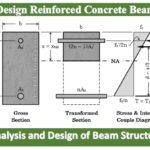
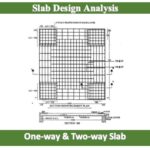
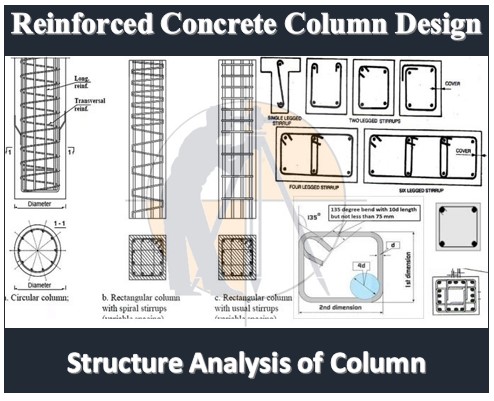
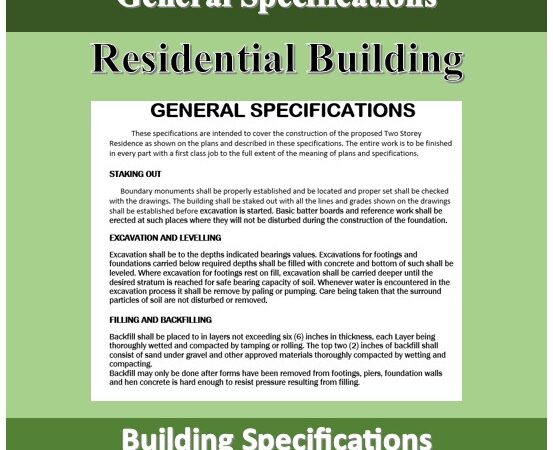

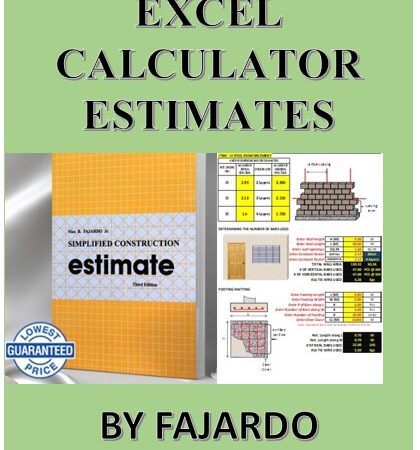
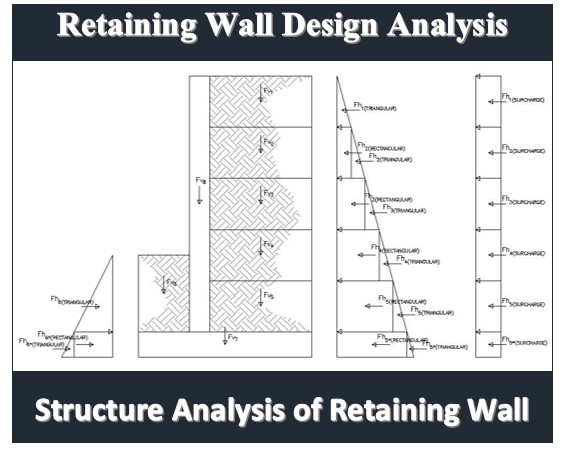
Reviews
There are no reviews yet.